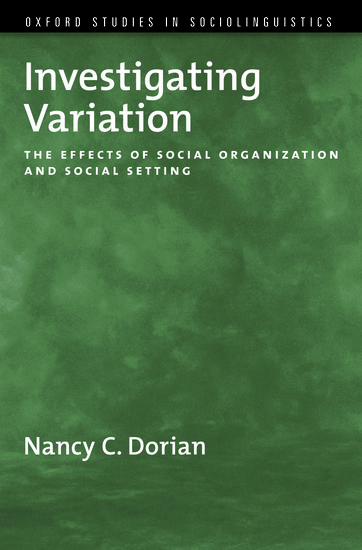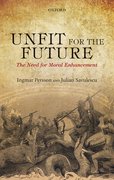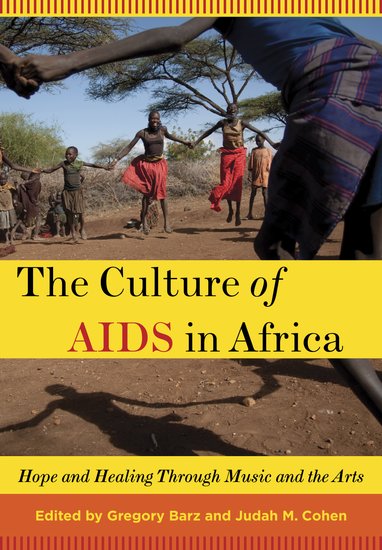When a language dies
By Nancy C. Dorian
When he died recently, Bobby Hogg took the Cromarty fisherfolk dialect out of existence with him, at least as a fluently spoken mother tongue, and the media took notice. The BBC reported on his death, celebrating the unique nature of his native dialect. In an Associated Press report originating in London, his dialect was spoken of as “a little fragment of the English linguistic mosaic.” A knowledgeable University of Aberdeen linguist spoke of this as “the first time that an actual Scots dialect has so dramatically died with the passing of the last native speaker.”














